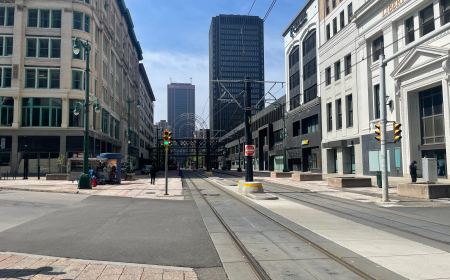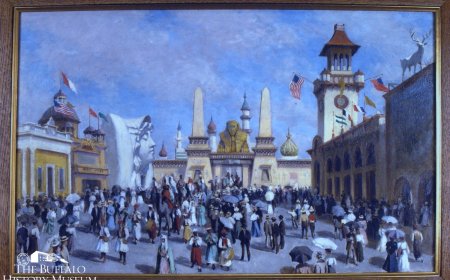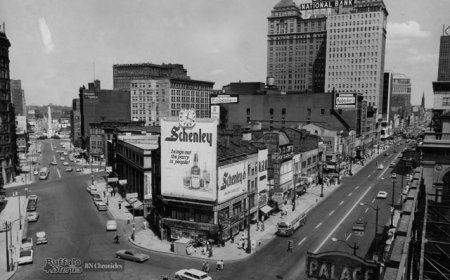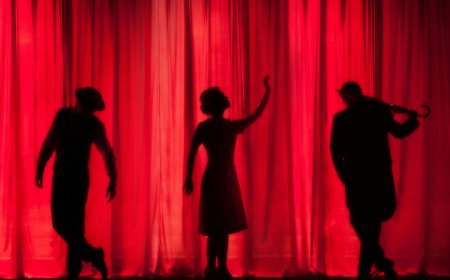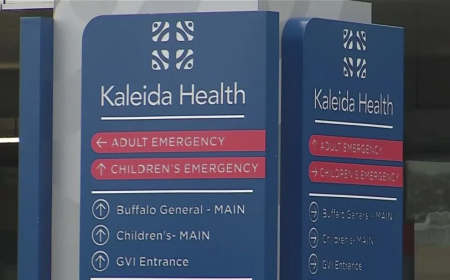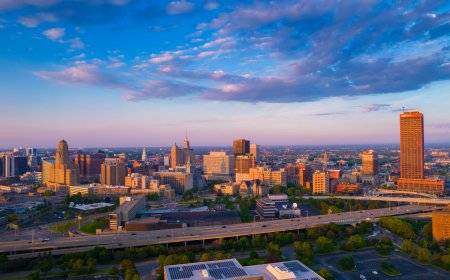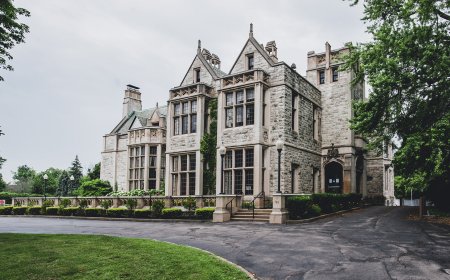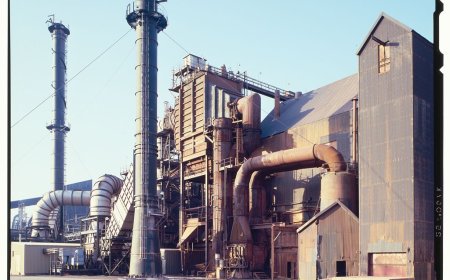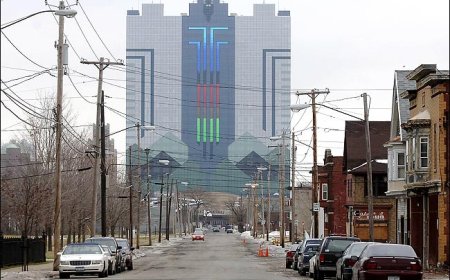When Buffalo Was Electric: The Pan-American Exposition's Legacy
How the 1901 Pan-American Exposition made Buffalo the Electric City and changed the world's understanding of modern technology and urban planning.
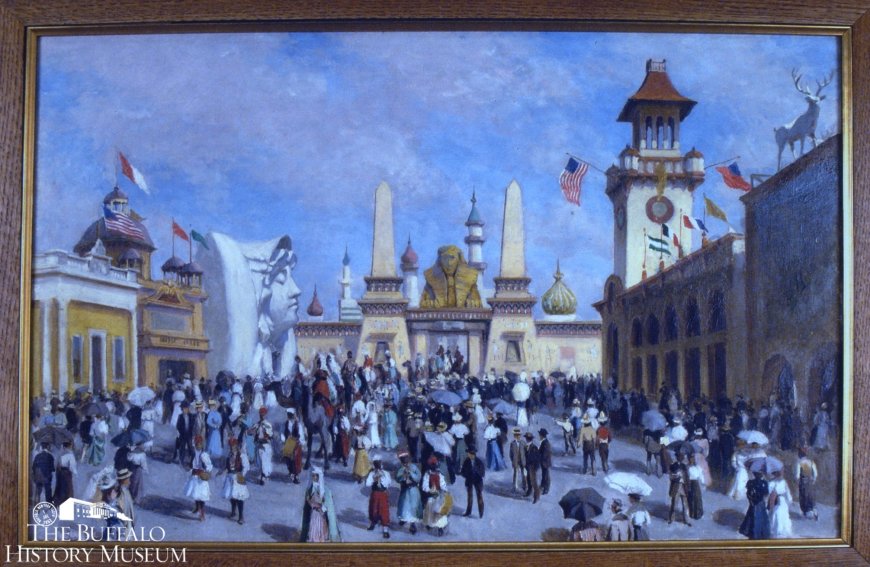
The Pan-American Exposition of 1901 transformed Buffalo into the world's most modern city for six magical months, showcasing electric power on a scale never before seen and establishing Western New York as the center of the electrical age.
Powered entirely by hydroelectric energy from Niagara Falls, the exposition illuminated 400 acres with over 200,000 electric light bulbs, creating a nighttime spectacle that visitors called 'fairyland' and inspiring Buffalo's nickname as the 'Electric City.' The fair attracted over 8 million visitors who marveled at electric fountains, moving sidewalks, and the first widespread use of electric trolleys, while exhibits demonstrated how electricity would revolutionize everything from manufacturing to home life.

Local companies like Westinghouse Electric showcased technologies that would define the 20th century, while the exposition's Rainbow City architecture influenced urban planning across America. The fair's most lasting impact came through tragedy: President William McKinley's assassination at the Temple of Music brought Theodore Roosevelt to the presidency and national attention to Buffalo. Local families like the Knoxes and Albrights used exposition profits to establish cultural institutions that still define Buffalo today, including what became the Albright-Knox Art Gallery.
Though the exposition buildings were demolished afterward, the fair's emphasis on electricity, modern design, and cultural sophistication established Buffalo's identity as a forward-thinking city that has persisted through more than a century of changes.
What's Your Reaction?
 Like
0
Like
0
 Dislike
0
Dislike
0
 Love
0
Love
0
 Funny
0
Funny
0
 Angry
0
Angry
0
 Sad
0
Sad
0
 Wow
0
Wow
0


